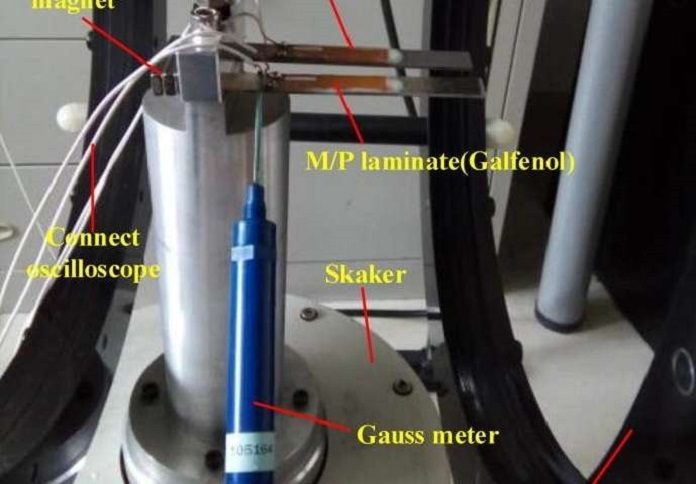In the course of recent years, energy harvesting has turned into an undeniably alluring alternative for supplanting the batteries that are utilized as a part of low-power gadgets. Though batteries have a constrained lifetime and must be supplanted or energized all the time, energy harvesting gadgets can in a perfect world work self-governing for any longer timeframes.
One of the best difficulties confronting energy harvesters is creating enough power for down to earth applications. One approach for expanding the yield control is to reap in excess of one kind of energy.
For instance, in spite of the fact that there is an assortment of gadgets that gather either mechanical energy or magnetic energy, not very many gadgets can collect both, notwithstanding the way that encompassing mechanical and magnetic energy frequently seem together in modern settings, for example, near rotating electrical machines.
In the new study, the researchers led by Fulei Chu at Tsinghua University in Beijing, showed that mechanical and magnetic energy are “interactive,” so that, when combined, they increase the optimal output power above the level that is possible using each type of energy alone.
Scientists have created a hybrid energy-harvesting device that may one day replace the requirement for batteries in certain low-control hardware gadgets. The new gadget harness surrounding wasted energy from both mechanical vibrations and magnetic fields to create practical power, which could conceivably give enough capacity to run remote sensors, cardio pacemakers, and different applications.
Chu said, “We have proposed the idea of taking advantage of two different energy harvester approaches and showing their interactions. As we know, energy harvesters have been investigated for decades and many methods are involved. However, each approach has its shortcomings. It is difficult and interesting to break through the single energy harvester limitations. Moreover, revealing the interactive relationship is important for the work as a whole.”
Through this study, scientists found that mechanical and magnetic energy are “interactive,” so that, when combined, they increase the ideal output power above the level that is possible using each type of energy alone.
Among their results, the researchers found that the power output depends on whether the mechanical and magnetic excitations have the same or different frequencies. If the frequencies are the same, then their phase difference (how much one wave is shifted with respect to the other) directly affects the output voltage. On the other hand, if the frequencies are different, then the phase difference has little effect on the output voltage, and in fact, the hybrid output voltage is no longer a simple sine wave.
With these insights, the researchers demonstrated improvements in the energy capacity, reliability, and optimal output power of the hybrid energy-harvesting device. Overall, they believe that the device performance suggests that the hybrid approach offers a promising alternative for powering low-power electronics in the future.
Chu said, “We plan to conduct deeper research in the energy harvester field in the future. Wind energy, wave energy, and more smart material applications in energy systems will be the focus of our research besides the further investigations of this paper.”
The study is published in the journal Applied Physics Letters.
